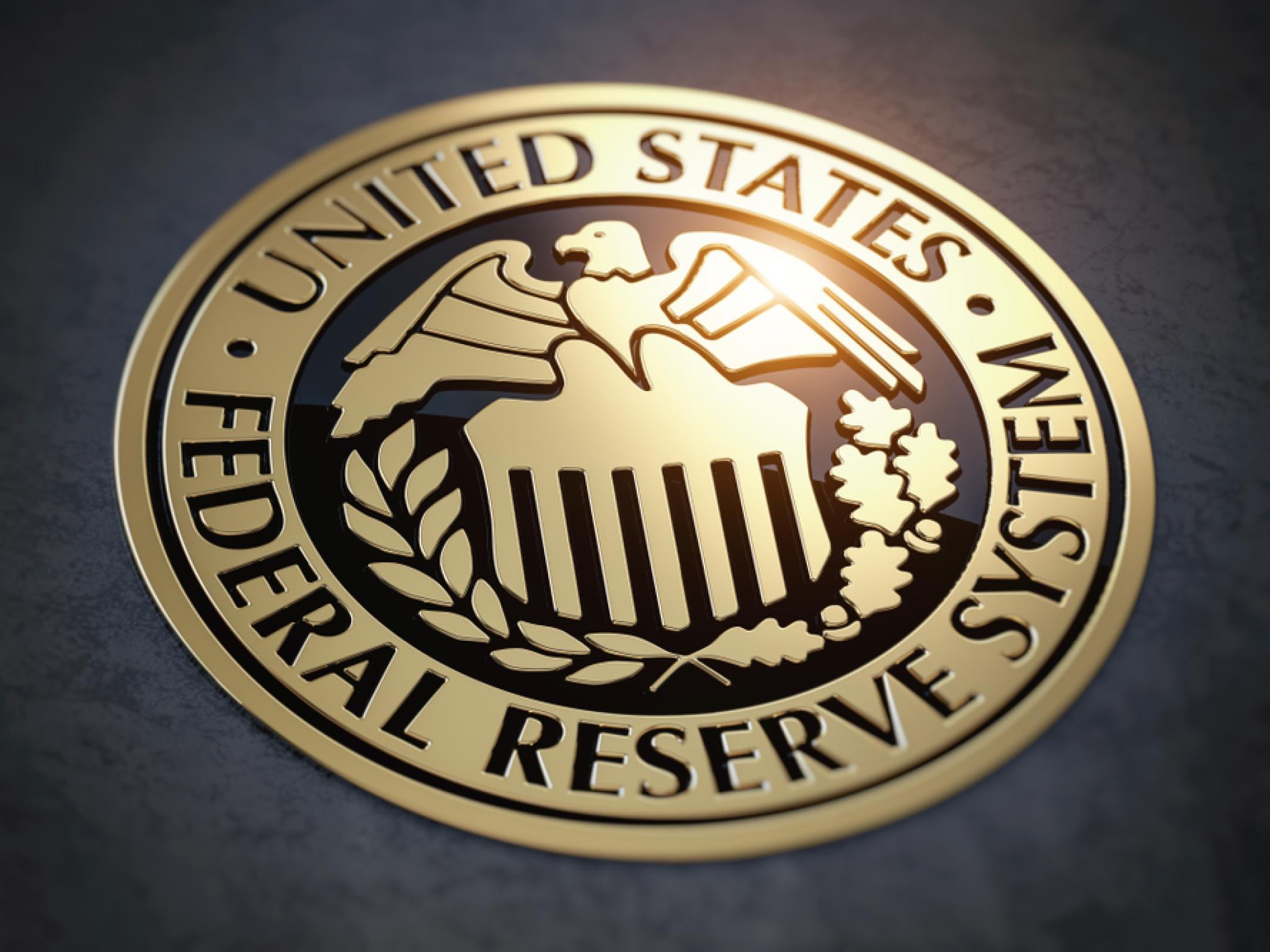
"The Big Short" fame's Michael Burry, who has been sounding out a recession warning, on Friday took a swipe at the U.S. Federal Reserve, although it wasn’t for its recent rate hike.
What Happened: In a cryptic tweet, Burry questioned the move of following the Fed, by throwing in a point about the central bank abruptly deciding in October 2021 to ban trading by its officials.
Follow the Fed? Never forget the Fall of 2021, when Fed Governors suddenly decided, in a Nostradamus move, that it was unethical for they themselves to hold and to trade in stocks.
— Cassandra B.C. (@michaeljburry) November 4, 2022
See Also: What The Fed's Latest Interest Rate Hike Means For The Crypto World
Nostradamus is a French astrologer who in his 1555 book “Les Prophéties” allegedly predicted many future events.
On Oct. 21, the Fed announced that it has banned individual stock purchases by top central bank officials and also released a broad set of restrictions around their investing activities. The new rules restricted the types of financial securities the Fed’s top officials can own and banned purchases of individual stocks or bonds. It also necessitated prior approval for any transactions and holding of the investment for at a least year.
The "Big Short" fame's investor seemingly alluded to the possibility of Fed officials having cognizance of the central bank’s thinking to get started on rate-tightening, beginning in 2022. The Fed officials had a leeway to liquidate their investments when the markets peaked in late 2021.
In reply to Bury’s tweet, Unusual Whales tweeted a graphic, suggesting the Fed officials may have liquidated at the market peak in late December.
It's true.
— unusual_whales (@unusual_whales) November 4, 2022
Reminder, members of the Federal traded stocks that the Fed was buying in 2021 at the very bottom, before the bull rally.
This is where they sold - at the very market top - before the Fed raised rates and were cleared of wrongdoing.https://t.co/iZcT1t1j6d pic.twitter.com/nzmRDZ75rn
After bringing rates to near-zero levels in the aftermath of the COVID-19 pandemic in April 2020, the Fed persisted with its ultra-loose monetary policy until March this year. It announced a quarter-basis-point hike in March and followed it up with a 50-basis-point increase in April.
The pace of rate hikes accelerated since then, with the central bank hiking by 75 basis points in each of the four subsequent meetings.
Read Next: Most Volatile Stocks







